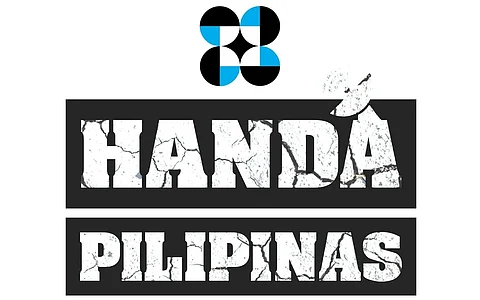
- NEWS
- the EDIT
- COMMENTARY
- BUSINESS
- LIFE
- SHOW
- ACTION
- GLOBAL GOALS
- SNAPS
- DYARYO TIRADA
- MORE

In line with enhancing efforts in disaster risk management and revamping the nation’s calamity recovery, the Department of Science and Technology steered the Handa Pilipinas forum at the House of Representatives in Quezon City, wherein new technologies have been launched that mitigate the adverse effects of natural disasters on Filipino communities.
The agency stressed on Monday that in the past decades, the country has continued to suffer innumerable deaths and millions worth of damages to properties due to calamities.
“Disasters undermine our economic progress, and the most vulnerable suffer the most,” DoST chief Renato Solidum said.
They stressed that natural disasters such as earthquakes, volcanic eruptions and tsunamis are often experienced in the country due to its location on the Pacific Ring of Fire which National Geographic defines as a “path along the Pacific Ocean characterized by active volcanoes and frequent earthquakes.” Moreover, the Philippines is also located in the Pacific typhoon belt.
With this, the DoST launched advanced technologies, particularly web applications for more effective disaster risk reduction management. Among those showcased are GeoAnalytics, GeoRiskPH, HazardHunter, VolcanoPH and PlanSmart, which Filipinos can easily access with the internet.
These new inventions developed by the agency can help mitigate disasters’ detrimental effects to communities such as identifying the different hazard risks in a community and locating faultlines.
“The Hazard Hunter won the International Practice Award for 2023 for disaster risk reduction. We have those technologies, but now we need to make sure that local governments and, the private sector would be able to use them. It’s one thing that the technology is there, it’s a different thing when it is used,” Solidum said.
Moreover, earthquake and flood simulators and augmented reality terrain maps were also presented to illustrate how areas could be affected by floods based on rainfall.
“We believe that through science and technology and innovation, resilience is possible, and that Filipinos can come out as disaster victors, not as disaster victims,” he added.
The exposition runs from 22 to 24 January wherein scientists, researchers, and policymakers discuss calamity-related issues and formulate effective interventions to further enhance disaster risk management in the country.
